Lady Gaga is addressing the wave of harsh criticism that followed Joker: Folie à Deux, and the pop icon says her first reaction was unexpected, even to herself.
In a new Rolling Stone cover story published Thursday, the 39-year-old singer and actor reflected on the intense backlash that met the 2024 sequel to Joker, in which she starred opposite Joaquin Phoenix. While the project was one of Gaga’s most anticipated screen roles, with early buzz imagining a dark, glamorous, queer-coded Harley Quinn, its reception was far from what fans or the industry expected.
“There was a ton of negativity around Joker,” Gaga said. “And I think I was feeling artistically rebellious at the time.”
The film, which leaned heavily into musical sequences and psychological fantasy, opened in October 2024 to sharp critical reviews and an underwhelming box office performance. Folie à Deux earned a D from CinemaScore, a dramatic drop from the B+ received by the 2019 original, which earned Phoenix an Oscar for best actor.
Asked whether the negativity bothered her, Gaga admitted that she hesitated to share her true reaction.
“I’m almost nervous to share my reaction,” she told the magazine. “But the truth is, when it first started happening, I started laughing. Because it was just getting so unhinged.”
She added that while the initial storm of criticism didn’t shake her, its persistence wore on her over time. “When it takes a while for something to kind of dissipate, that can be a little bit more painful,” she said. “Only because I put a lot of myself into it.”
Folie à Deux follows Arthur Fleck (Phoenix) in the aftermath of the first film’s murder trial, blending courtroom drama with musical sequences that unfold inside Arthur’s fractured psyche. Gaga’s version of Harley Quinn, a character long beloved among queer audiences for her defiance, theatricality and romantic arc with Poison Ivy, marked one of her most ambitious acting swings since A Star Is Born.
Gaga previously addressed the backlash earlier this year in an interview with Elle, saying: “It’s that simple. And I think to be an artist, you have to be willing for people to sometimes not like it. And you keep going even if something didn’t connect in the way that you intended.””



